The Royal Navy in Action, Art from Dreadnought to Vengeance
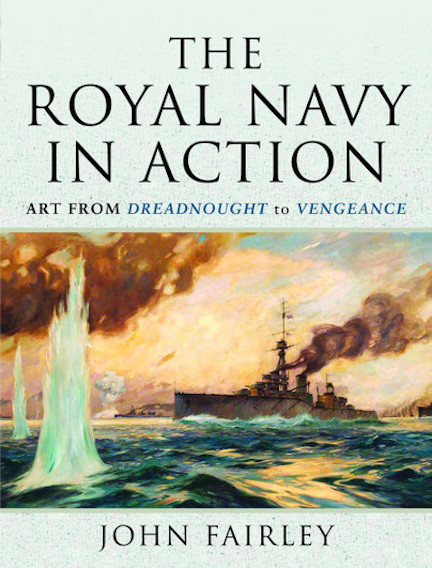 by John Fairley
by John Fairley
“Even from the privileged pulpit of a battleship bridge, the scene can be relentlessly desensitizing. The sea is grey and endless; the ships impressive in their bulk, but grey too. There is little that could appeal to the marine artist of former times. No white sails, no bright foremast, no shoreline. This is deep ocean.”
No romanticized ruminations about “THE SEA! the sea! the open sea! The blue, the fresh, the ever free!” (poem by Bryan Waller Procter who chewed his pencil at a solicitor’s desk) here. As a Royal Naval Volunteer Reserve officer, author John Fairley (b. 1938) has seen the sea’s dark side, and the images he has selected will surely make you glad you weren’t there yourself. To be on a boat under fire is a most particular peril . . .
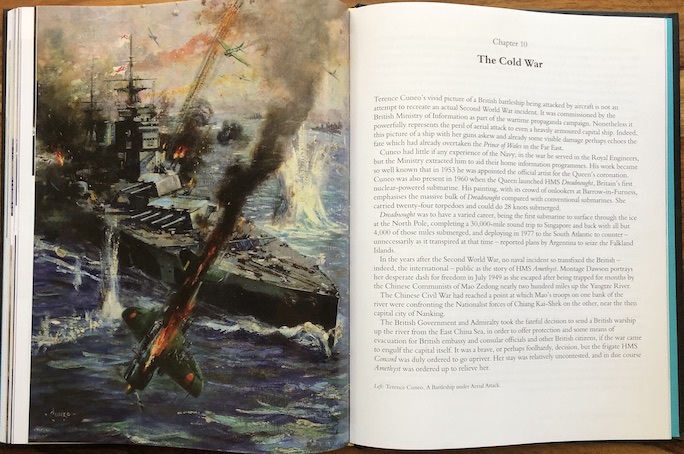
No matter what type of transportation you’re into, the name Terence Tenison Cuneo should ring a bell. You’d never know from this painting that he had “little or no experience of the Navy.” Interestingly, this one is not a recreation of an actual event but an imagined scene, commissioned by the government for propaganda purposes.
Fairley has penned a number of books—from horses to aircraft—and they usually have “The Story in Art” as a subtitle, which is a clue right away that the book isn’t going to be about the art per se. (For instance there is no information given about media or size—or even full titles, and the Picture Credits section is not going to enable you to go forth and look at the real thing.) Likewise, and just to steer expectations, the arch marine warfare historian will have to make allowances that this book is not intended as an in-depth soup to nuts examination of tactical or political aspects but rather meant to give a flavor of what it’s like to be in the thick of things, pursuing a profession that is all about the opposite of that Procter poem (he wrote under the pseudonym Barry Cornwall if you simply must sample the whole thing.)
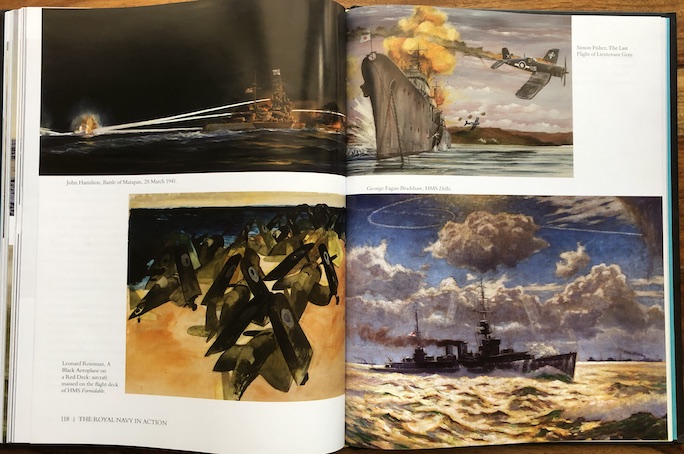
A good example of the different styles of painting to be found in this book.
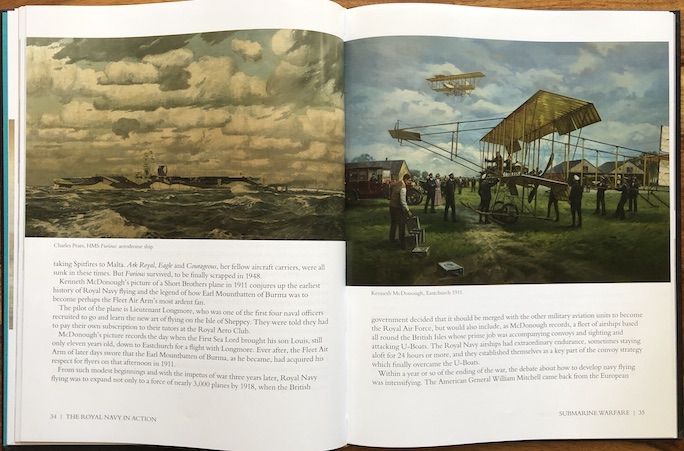
If you can’t see the ship in the painting you’ll probably not spot it in the wild. This is the game-changing Dazzle camo scheme; this early aircraft carrier is called an “aerodrome ship.”
For lack of a simpler way of saying it, the book reads like action reports, embedded into some measure of historical context and artist’s oeuvre. The book won’t make you an expert in either but the writing is positively gripping and the artwork is reproduced really well. We carp about small font sizes often enough so it is a treat to behold 10 pt type here!
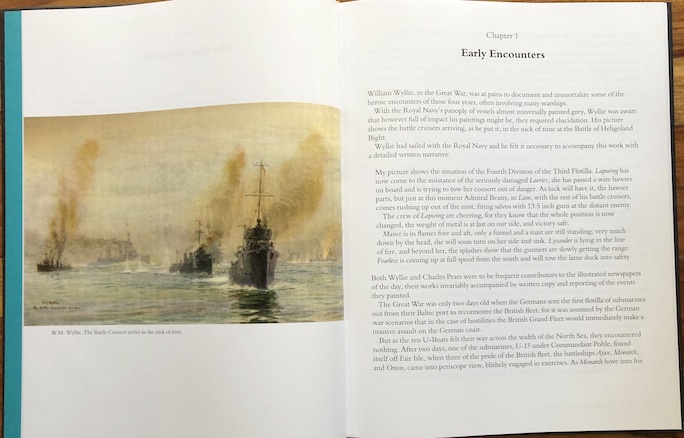
In this case the illustration precedes its text (all chapter openers do) so you can move your eyeballs from one page to the other and get the full picture. If you saw this painting in a museum and read the title card you’d know—nothing much. Not the names of the ships, which one is going where and why, what happened before and after. Fairley draws on official reports or lectures a protagonist gave and other sources, and his own knowledge of history.
Divided into three parts—the two World Wars and then Cold War to Falklands to around 2021—the story unfolds by theme. There is no Index so you won’t quite know what to find where. Another thing you won’t know is if a ship or action described in the text will actually be illustrated at all—if it is, in many cases it won’t be on the same page as the corresponding text. For instance, the “Dreadnought” of the book title (quick sidenote/play for bonus points: do you know what a “Fearnaught” is??) after which a whole class of ships is named is described in some detail in the text but not shown at all, although, in this case that may just be because it “was never to be brought to trial in anger” and thus not deserving of an illustration. At any rate, page layout of art-intensive books is always a challenge . . . but that’s why there is any number of ways of referencing one to the other (think figure numbers). But, realistically, you’ll be wanting to page back and forth in this book anyway so this should not become a bother. The artwork is described as “rarely seen and scattered across the globe.” As to the former there really are paintings that simply do not come up in internet searches so enjoy what Fairley and his collaborators have been able to source.
As many marine titles in this publisher’s catalog this one is a larger format, 11.5 x 9″, than their aviation books.
Copyright 2023, Sabu Advani (Speedreaders.info)


 RSS Feed - Comments
RSS Feed - Comments
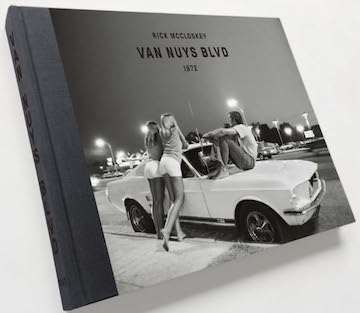


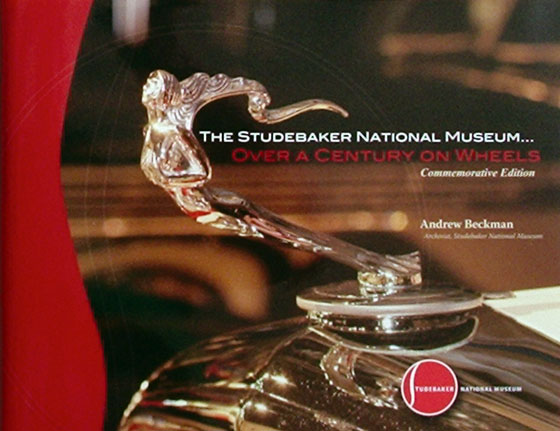
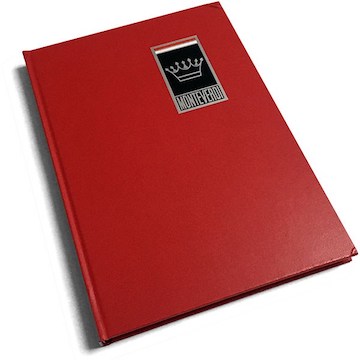
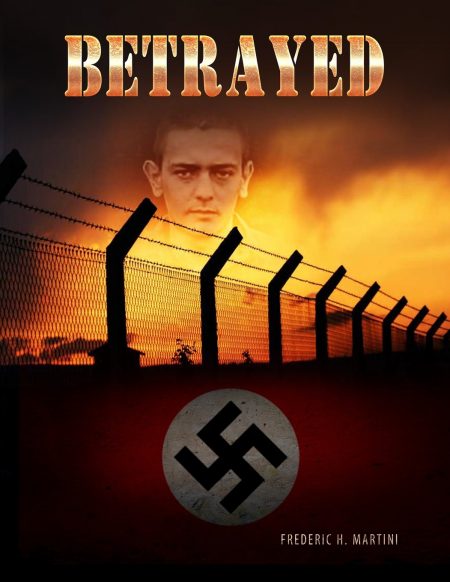

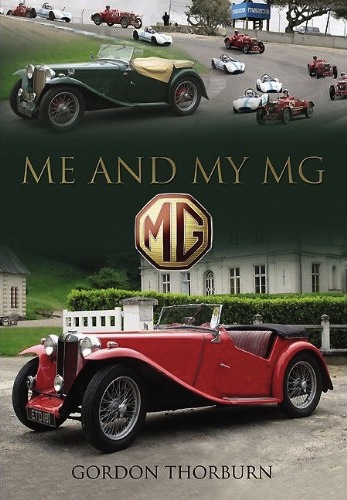
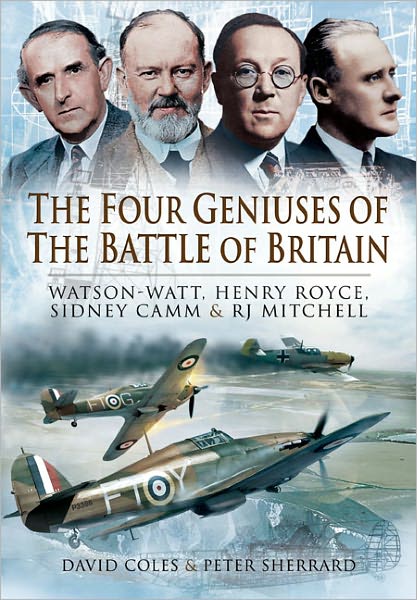

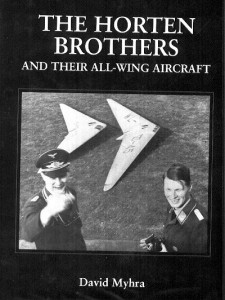

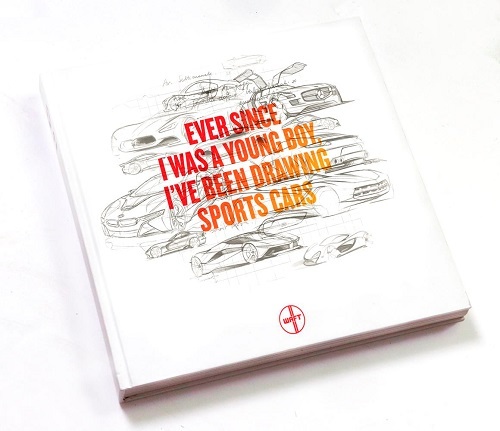

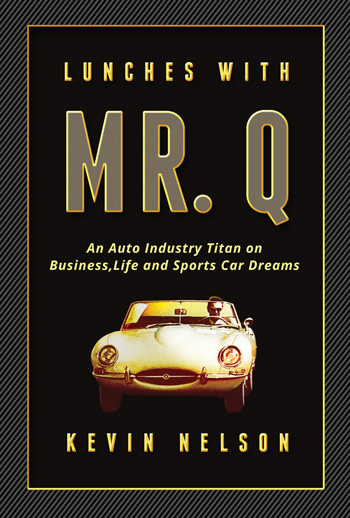
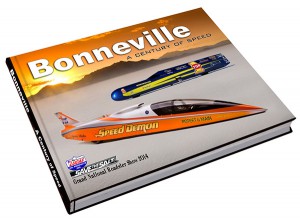

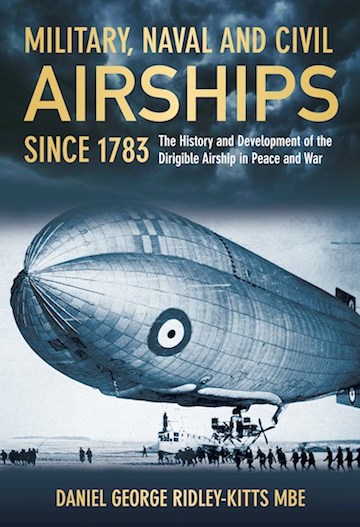
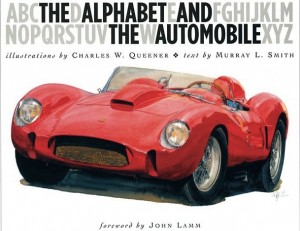
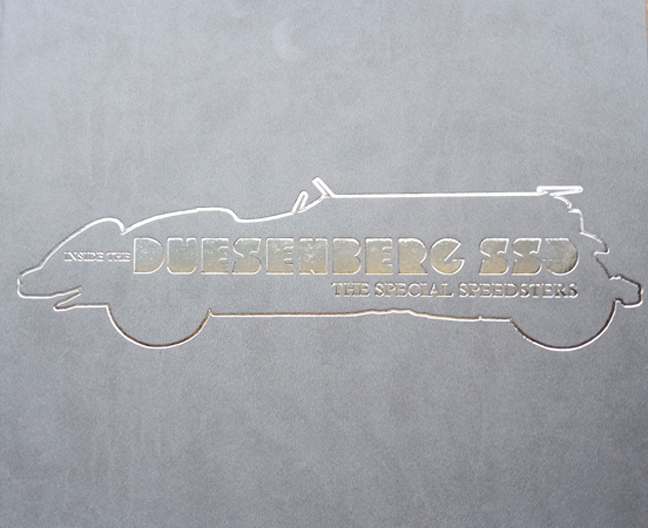
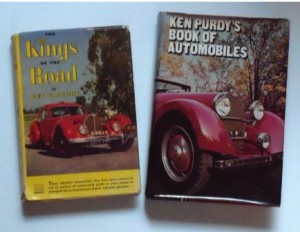
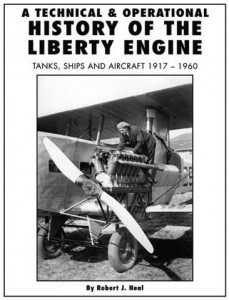
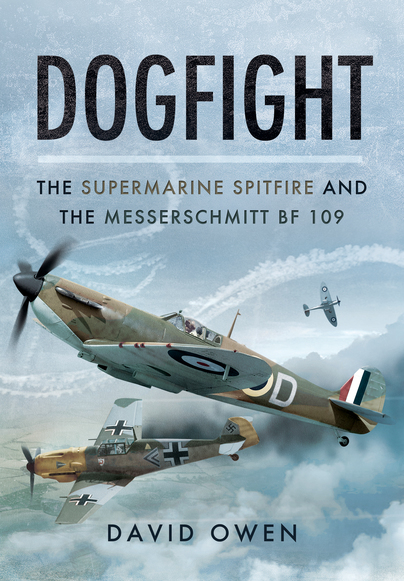
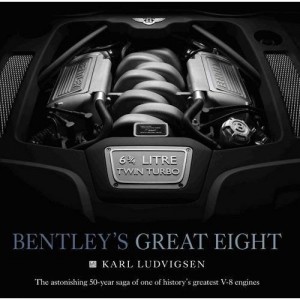
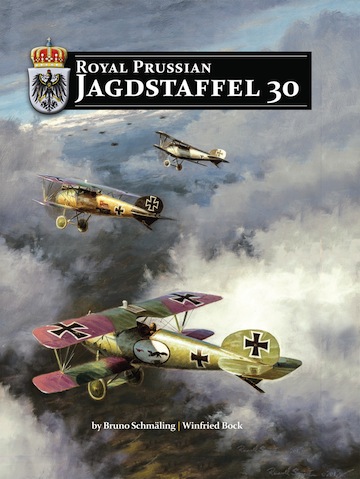
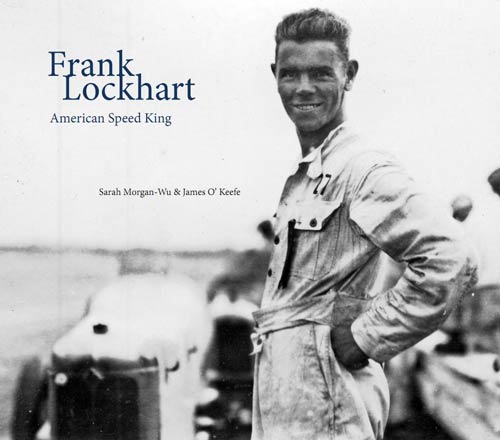


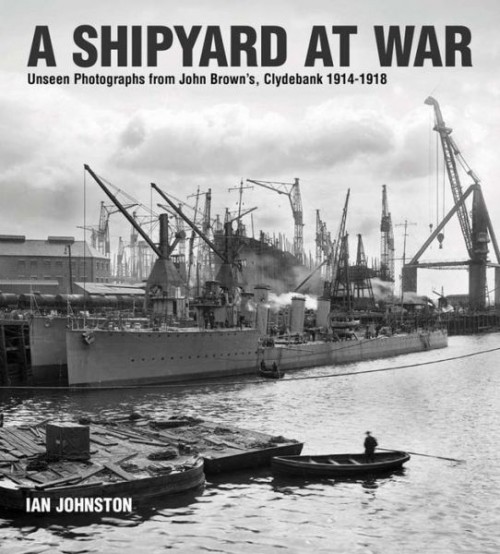
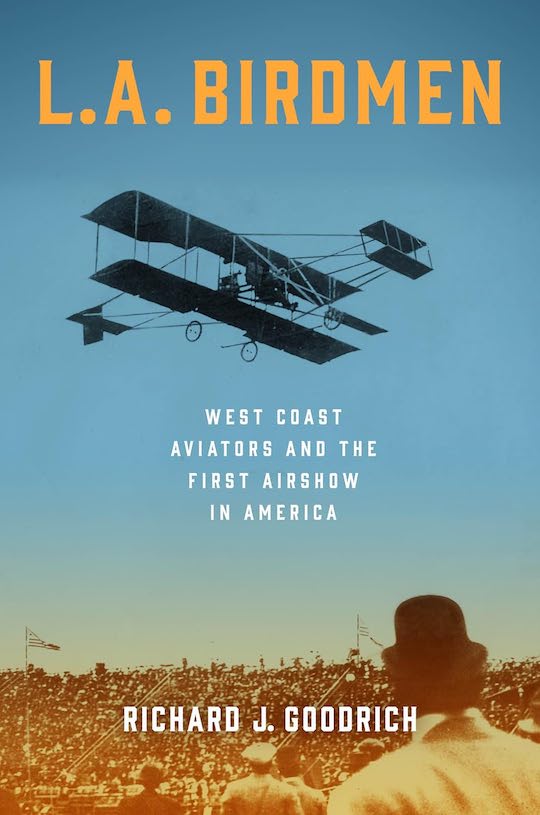
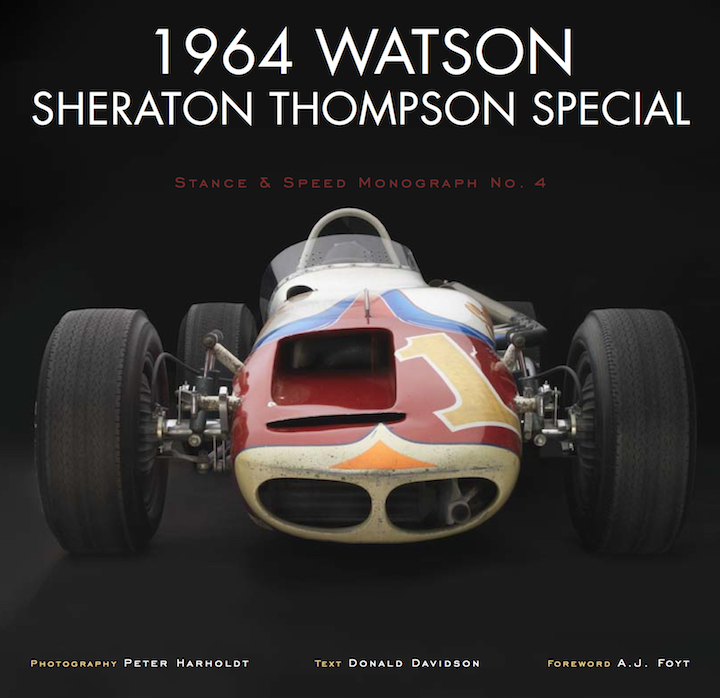

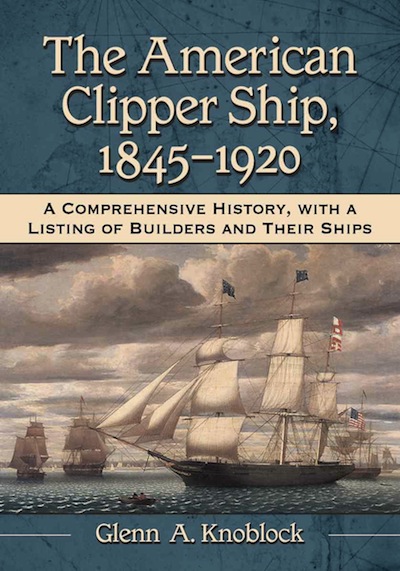

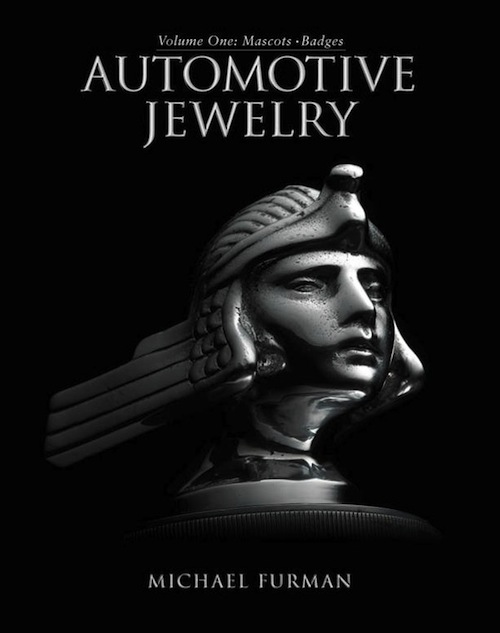
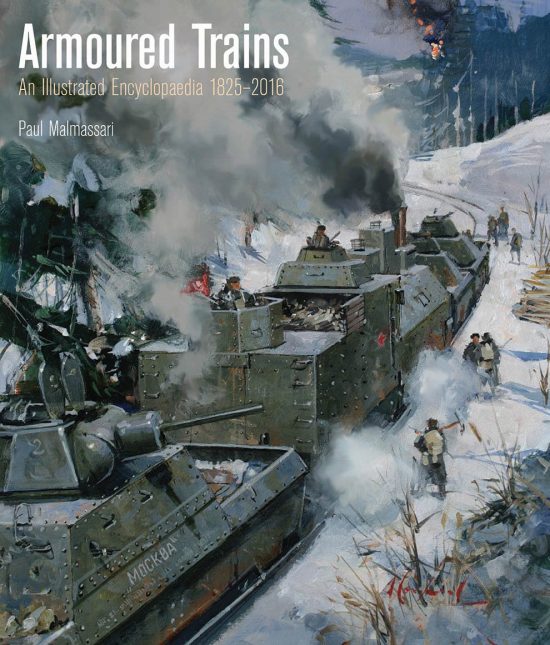




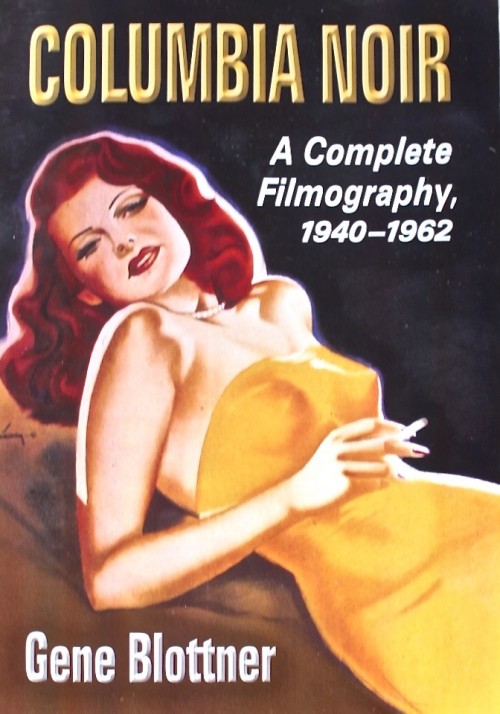
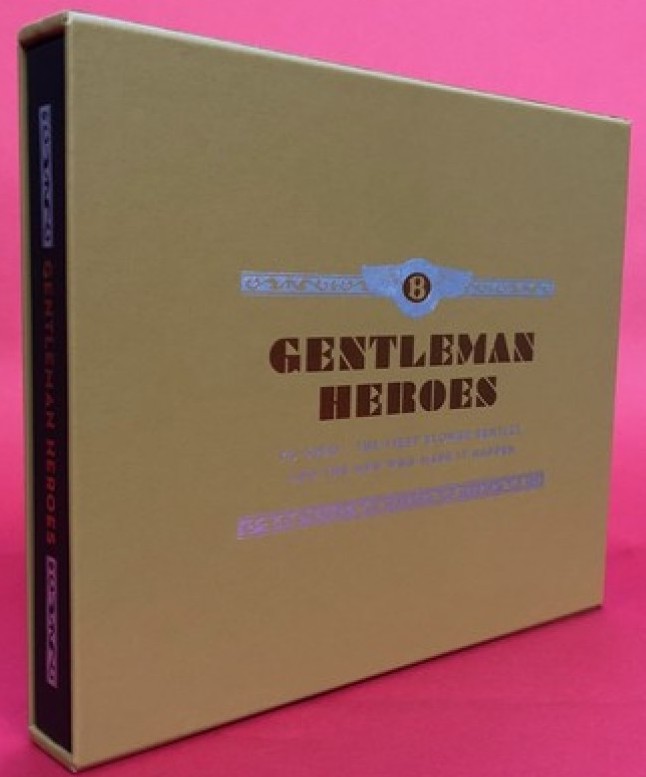
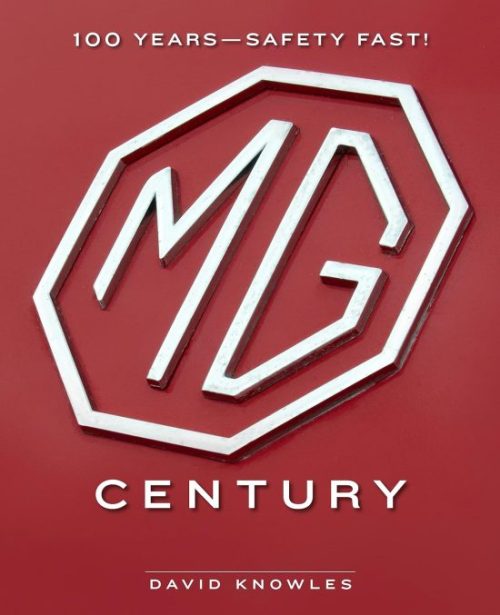

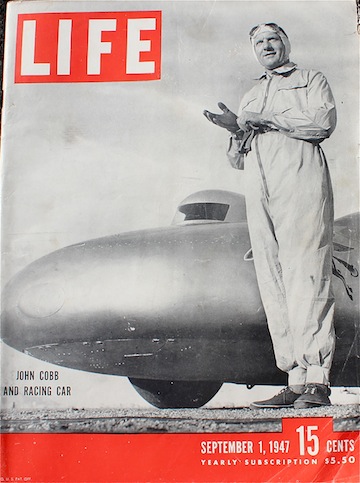

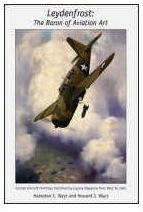
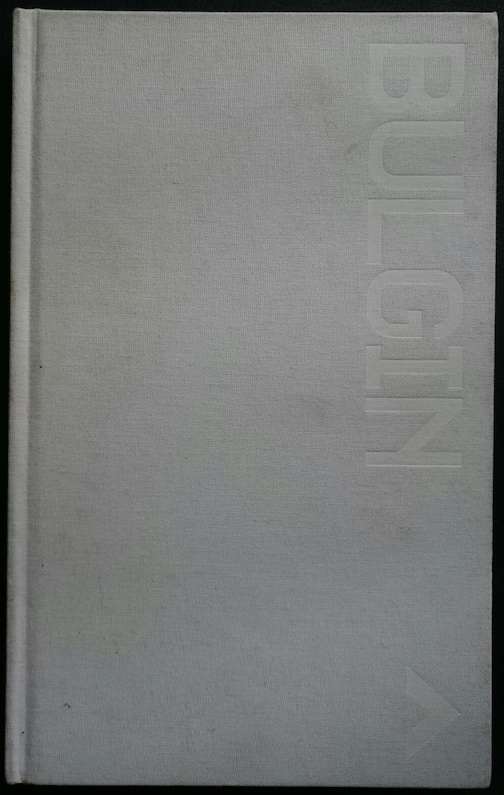
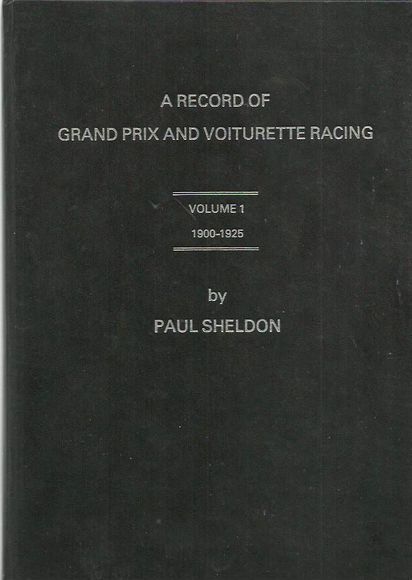
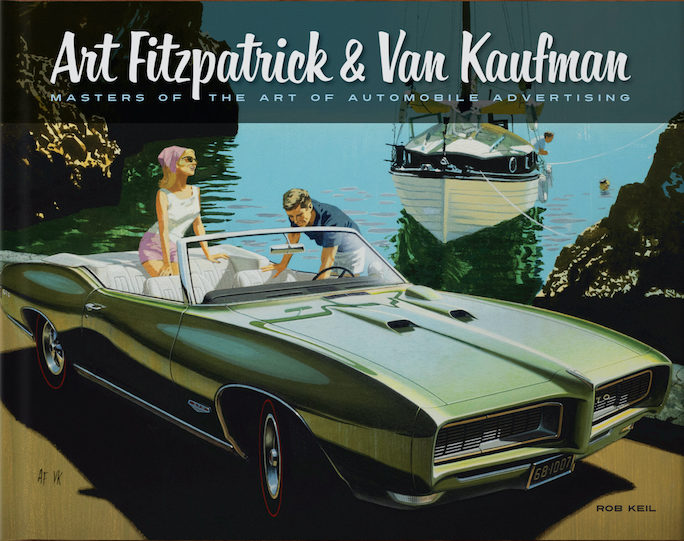

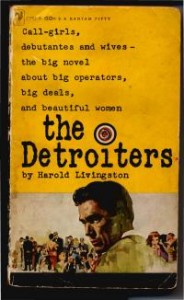
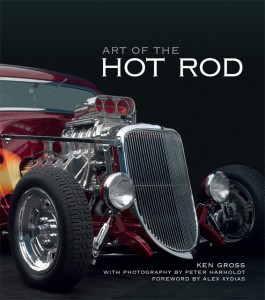

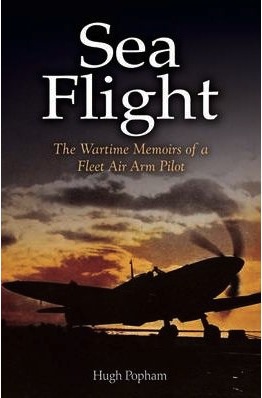
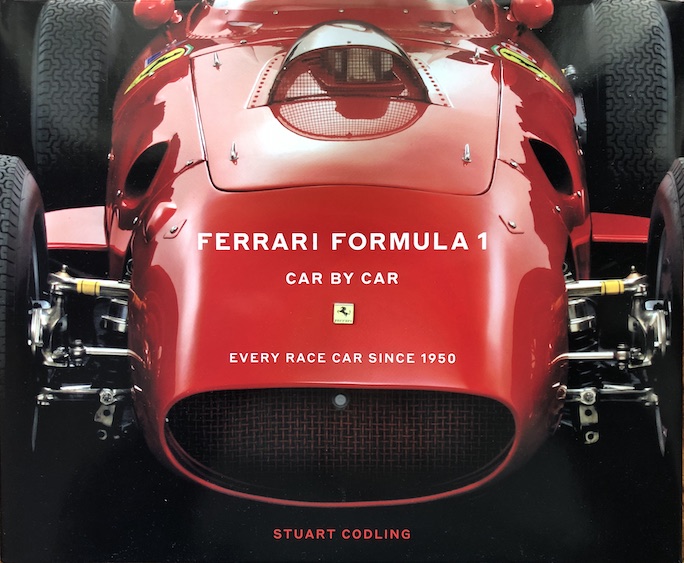
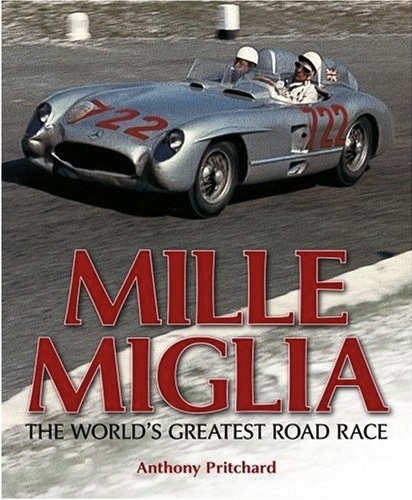

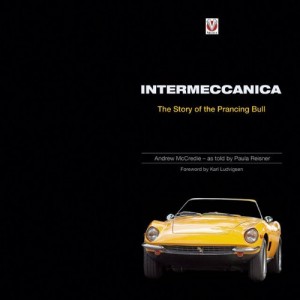
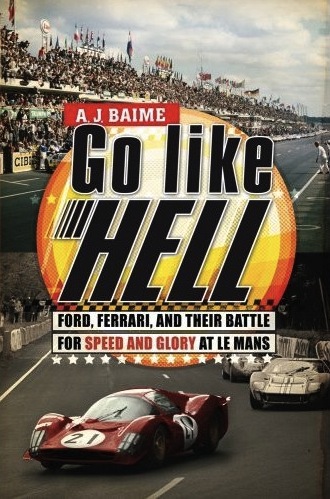
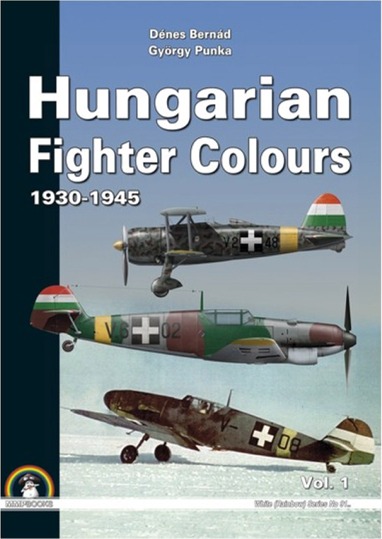
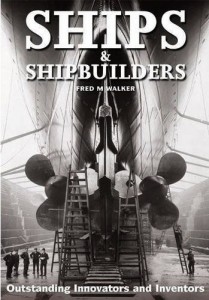


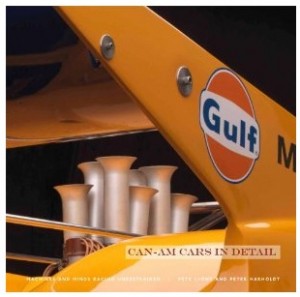
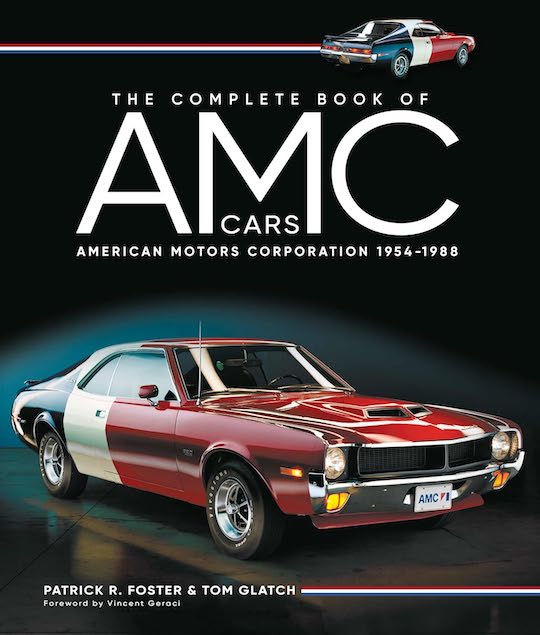
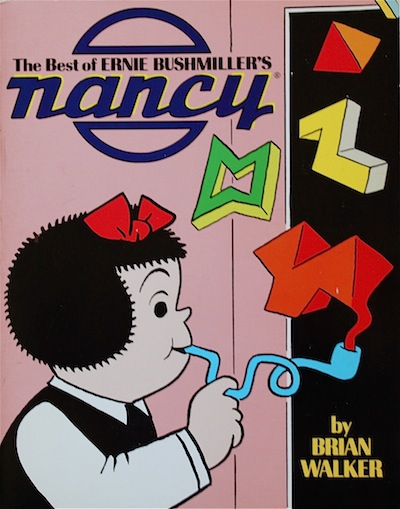
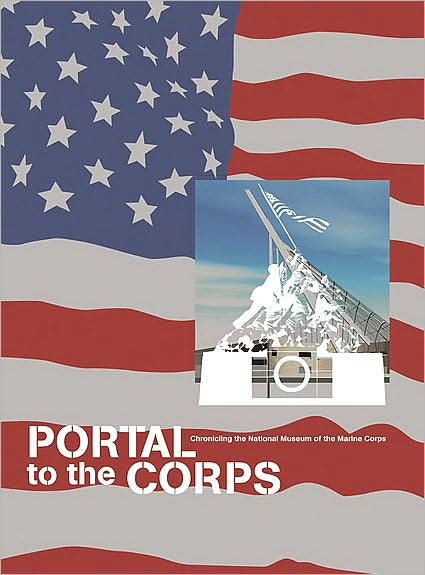
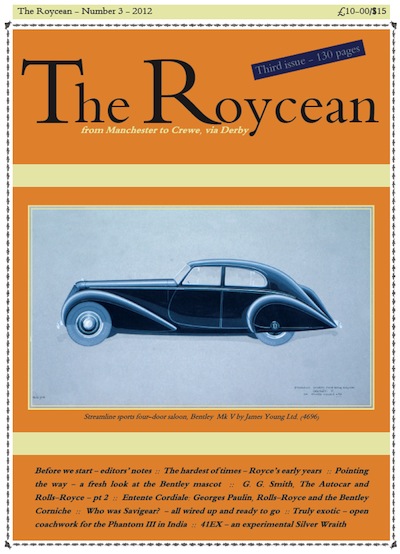

 Phone / Mail / Email
Phone / Mail / Email RSS Feed
RSS Feed Facebook
Facebook Twitter
Twitter